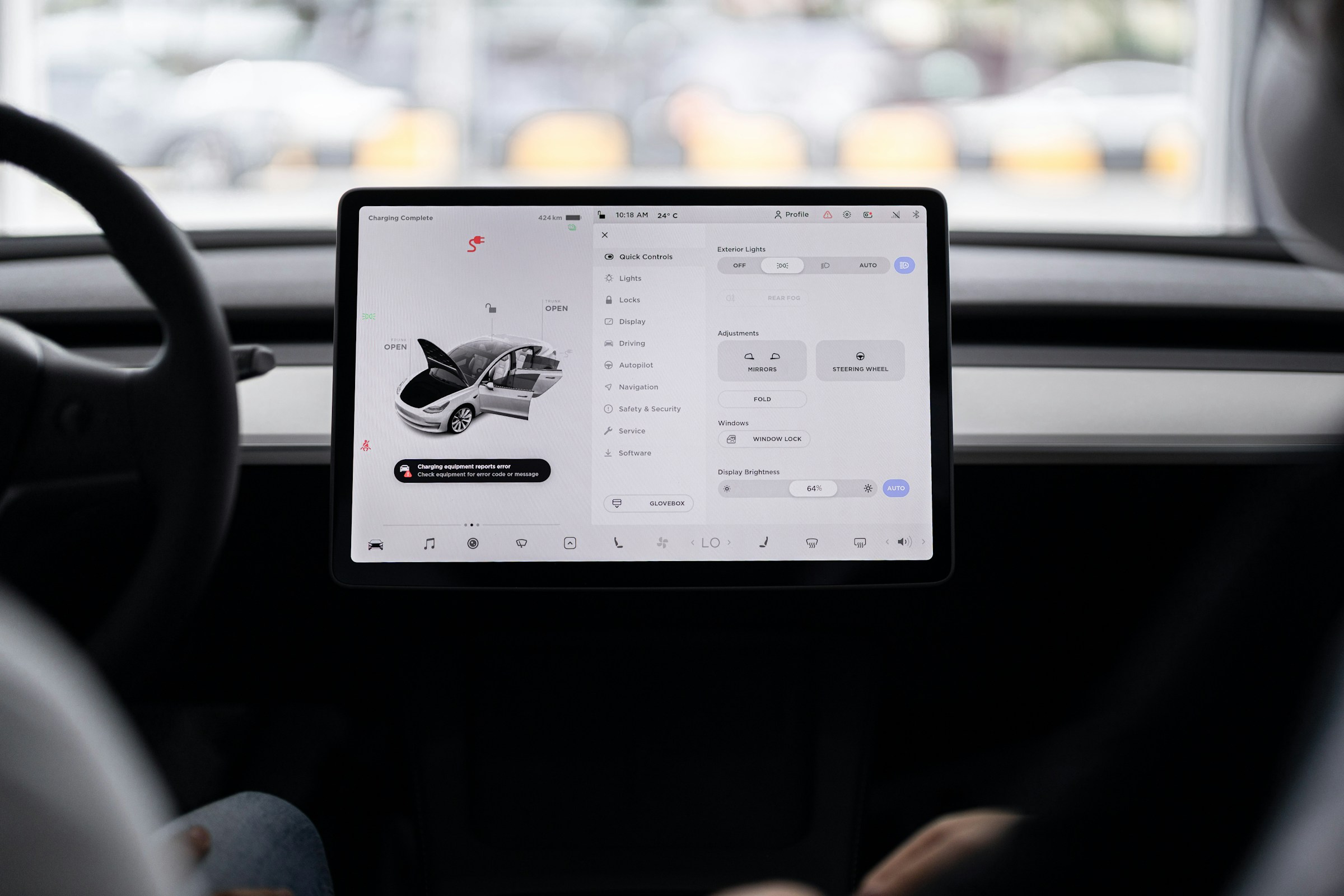The landscape of car accident investigations has undergone a significant transformation in recent years, largely due to advancements in technology. As vehicles have become more sophisticated, the tools and methodologies used to analyze accidents have evolved. Modern investigations rely on physical evidence and take advantage of digital tools that can provide insights far beyond human capabilities. Through the integration of data analytics, cameras, and simulation technology, investigators can piece together events leading up to an accident with remarkable accuracy. This article delves into the various technological innovations at play and their implications in the realm of car accident investigations.

Digital Data Collection
One of the most significant advancements in car accident investigations is the ability to collect and analyze digital data. Modern vehicles are often equipped with advanced telematics systems that record data related to driving behavior, speed, and even braking patterns just before a collision. Investigators can access this data to understand how the vehicle was being operated at the time of the accident, allowing for a more precise rendition of events.
Data collection has expanded to include information from smartphones, GPS devices, and even social media. This multifaceted approach to data gathering offers a comprehensive view of the circumstances surrounding a car accident, aiding in accurate fault determination.
3D Accident Reconstruction
Accident reconstruction has leaped forward with the advent of 3D modeling technology. Investigators can utilize software to create detailed 3D representations of accident scenes. This technology allows for the examination of various factors that may have contributed to the incident, including vehicle positions, line of sight, and potential obstructions.
The visualizations produced through 3D reconstruction can serve as powerful tools in court, clearly illustrating how an accident occurred. Services like MediVisuals + High Impact trial support use these advanced visualizations to aid in litigation, demonstrating the importance of high-quality visual evidence. Such technology helps in providing clarity and enhances the understanding of complex scenarios for juries and judges alike.
Surveillance Footage and Cameras
With the proliferation of surveillance cameras, obtaining footage of accidents has never been easier. Many urban areas are equipped with cameras that continuously monitor public spaces. This footage can be invaluable in determining the facts of an accident scene, offering real-time insights that may not be available from eyewitness accounts.
Investigators often analyze these videos to identify critical details, such as the timing of the incident, vehicle speeds, and potential traffic law violations. The availability of this kind of evidence has enabled a faster, more efficient approach to investigations, sometimes resolving disputes before they escalate to legal actions.
Automated Accident Reporting Systems
Technology has streamlined the accident reporting process significantly through automated systems. Many insurance companies now utilize apps that allow users to report accidents immediately, with prompts to guide them through the necessary information. These automated systems often include features such as photo capture and digital forms that collect pertinent details quickly.
This expedites the investigation process as data is captured while memories are still fresh, reducing discrepancies that often occur in post-accident recollections. The efficiency gained here benefits the insurance companies and serves to expedite claims processing for those involved.
Data Analytics and Predictive Modeling
Data analytics has emerged as a powerful tool in understanding accident patterns and trends. By analyzing large volumes of accident data, investigators can identify common factors that lead to crashes in certain areas or conditions.
Predictive modeling can enable authorities to foresee potential hazard zones, prompting proactive measures such as improved signage or infrastructure changes. Leveraging data to develop evidence-based strategies can significantly improve road safety by addressing accident hotspots before they cause further incidents.
Mobile Applications for Accident Assistance
Mobile technology has played a role in how individuals respond to accidents. Various applications now exist that can assist drivers if they find themselves involved in a collision. These apps can guide users through the steps to take immediately after an accident, including documentation, contacting authorities, and recording evidence.
The immediacy of mobile technology ensures that critical information is gathered and that victims receive the support they need promptly. This can be invaluable, especially in ensuring all the necessary details are recorded for subsequent investigations.
Artificial Intelligence in Accident Analysis
Artificial intelligence (AI) is beginning to carve a niche in car accident investigations. AI-driven software can analyze data from numerous sources rapidly, spotting patterns and making connections that humans might miss. AI can analyze traffic reports, weather conditions, and historical data to provide insights into why an accident occurred.
Combining AI with human expertise leads to a more thorough understanding of each unique situation, making investigations more precise and effective. The ongoing research and advancements in AI promise even greater enhancements in the future.

The role technology plays in modern car accident investigations is transforming how information is collected, analyzed, and presented. By integrating these advancements, investigators can resolve incidents efficiently and accurately, leading to enhanced road safety. Each technological tool makes a unique contribution, promoting a more comprehensive understanding that can affect legal outcomes and inform policy changes.


